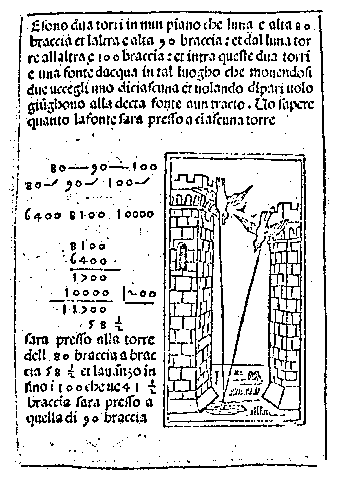
| Facade Measurement by Trigonometry |
|---|
108 Bluebird Lane
Randolph Center, VT 05061 USA
 We
are all familiar with the trigonometry textbook problem, the
angle of elevation to the top of a building from a point 200
feet from...Find the height of the building. Here we
describe a trigonometric method that not only measures heights
of points on a building, but widths and depths of those points.
The procedure involves readings with a theodolite, and computations
of the readings by a computer. The method is suitable for sighting
from sloping ground. It will work with walls that
are leaning out of plumb, have offsets, are curved, or have projecting
elements, like sills or cornices. The method was developed for
the purpose of measuring historic monuments, where the erection
of scaffolding to accomodate hand measuring is often impossible.
This method also provides a low-cost alternative to stereogrammetric
procedures, such as that used to measure Independence Hall in
Philadelphia.
We
are all familiar with the trigonometry textbook problem, the
angle of elevation to the top of a building from a point 200
feet from...Find the height of the building. Here we
describe a trigonometric method that not only measures heights
of points on a building, but widths and depths of those points.
The procedure involves readings with a theodolite, and computations
of the readings by a computer. The method is suitable for sighting
from sloping ground. It will work with walls that
are leaning out of plumb, have offsets, are curved, or have projecting
elements, like sills or cornices. The method was developed for
the purpose of measuring historic monuments, where the erection
of scaffolding to accomodate hand measuring is often impossible.
This method also provides a low-cost alternative to stereogrammetric
procedures, such as that used to measure Independence Hall in
Philadelphia.
The Method
- Study of facade and preparation of preliminary drawings to determine target points.
- Determination of a base line, and establishment of two theodolite positions.
- Set the theodolite at position A, sight a point T1 on the wall, and sight a plumb line over theodolite position B, setting horizontal scale to zero.
- Sight each target point, recording horizontal angle and vertical angle.
- Set the theodolite at position B, sight a point in line T2 vertically with T1, and measure the vertical distance between them.
- Repeat step 4.
- Enter all measurements into the computer spreadsheet and print out the x, y and z coordinate of each target point. Make a final scale drawing.
The method was tested by taking measurements of the facade of Green Academic Center at Vermont Technical College. Two equations are used to calculate the y coordinates, and the comparison of the two results provides a way to control the accuracy of the method. It appears that, with moderate care, accuracies within .5% are easily obtained. Theoretically, better accuracy may be obtained by taking a readings from a third theodolite setup point.
ABOUT THE AUTHOR
Paul
A. Calter
is a Visiting Scholar at Dartmouth and Professor Emeritus of
Mathematics at Vermont Technical College. He has interests in
both the fields of mathematics and art. He received his B.S.
from Cooper Union and his M.S. from Columbia University, both
in engineering, and his Masters of Fine Arts Degree at Vermont
College of Norwich University. Calter has taught mathematics
for over twenty-five years and is the author of ten mathematics
textbooks and a mystery novel. He has been an active painter
and sculptor since 1968, has participated in dozens of art shows,
and has permanent outdoor sculptures at a number of locations
in Vermont. For the "Mathematics
Across The Curriculum" program, Calter developed the
course "Geometry
in Art & Architecture" and has taught it at Dartmouth
and Vermont Technical College, as well as giving workshops and
lectures on the subject. He is the author of "How to Construct a Logarithmic
Rosette (Without Even Knowing it)"
in the NNJ vol. 2, no. 2 (April 2000) and presented "Facade
Measurement by Trigonometry" at Nexus '96, now available
in Nexus:
Architecture and Mathematics (1996).
|
Paul Calter "Facade Measurement by Trigonometry", pp. 27-35 in Nexus: Architecture and Mathematics, ed. Kim Williams, Fucecchio (Florence): Edizioni dell'Erba, 1996. http://www.nexusjournal.com/conferences/N1996-Calter.html |
|
|
|
|
